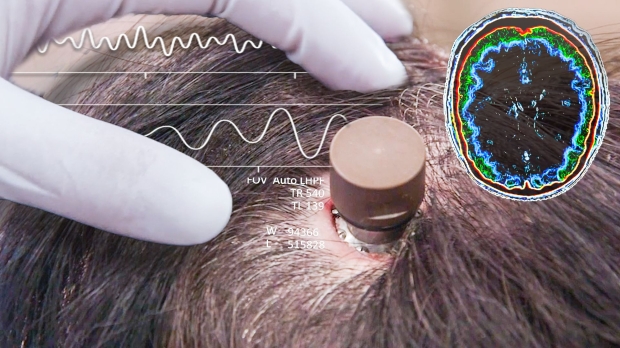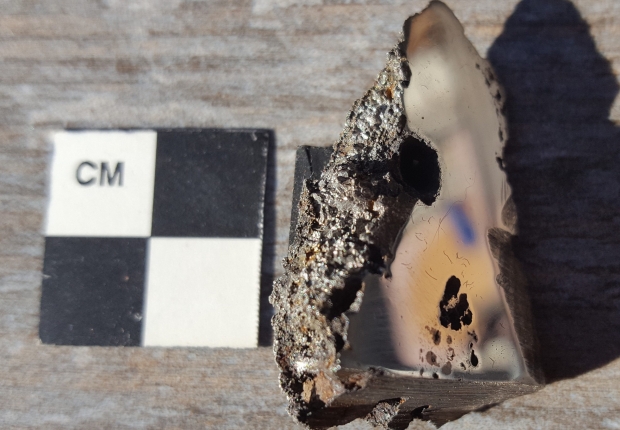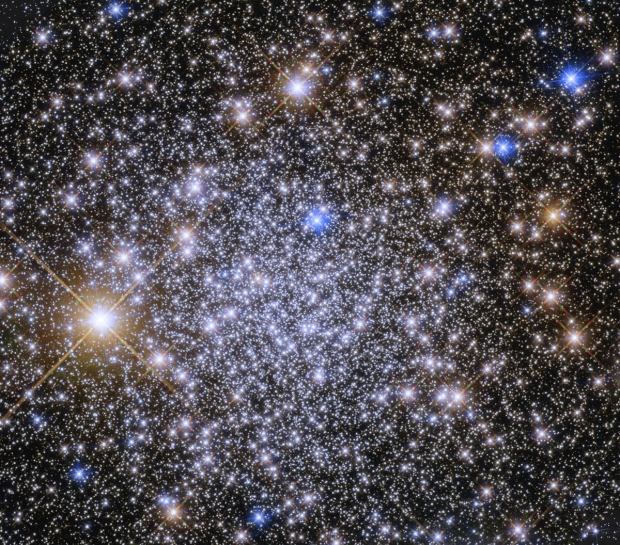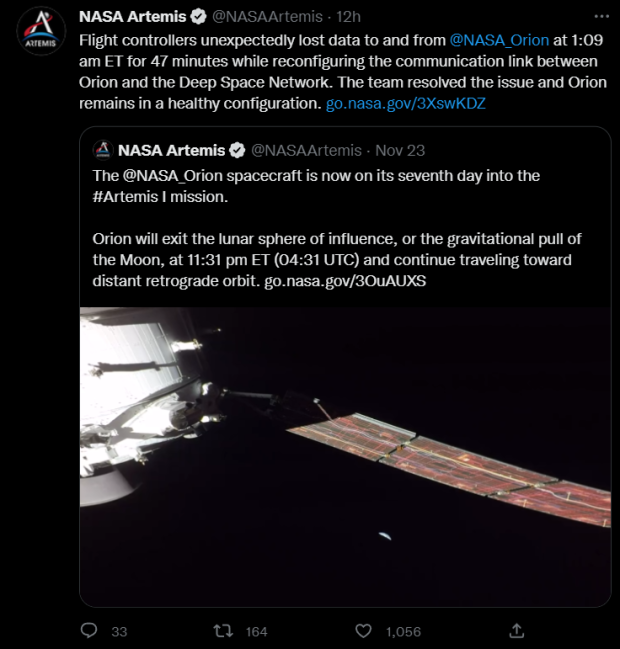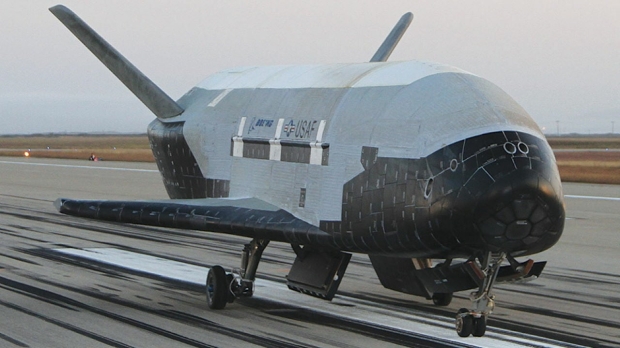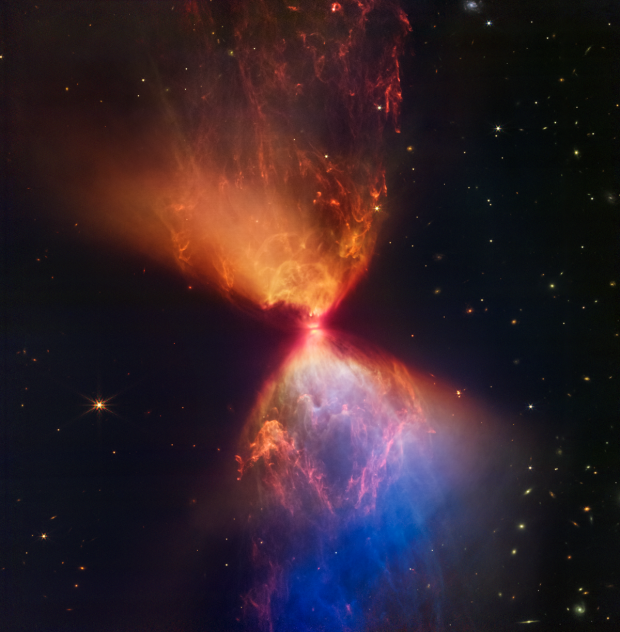Science, Space, Health & Robotics News - Page 3
Elon Musk says he could have a Neuralink brain implant in 'right now'
The SpaceX and Tesla CEO has said during a Neuralink demo that he could have a brain implant now, and no one would even know.
During a Neuralink conference on Wednesday, the Twitter owner took to the stage to deliver several updates on brain implant-company Neuralink, and what it expects to achieve in the near future. Musk, a founder of the brain chip company, said that Neuralink is planning on beginning human trials within the next six months and that the company is currently in conversation with the Food and Drug Administration (FDA) to receive regulatory approval.
Musk wrote on Twitter that internal testing at Neuralink has pushed the technology to the point where the team is confident the "Neuralink device is ready for humans". While on stage, the Tesla CEO said that he could have a Neuralink brain implant installed into his head "right now" and "you couldn't even know. I mean, hypothetically." Musk added that for one of Neuralink's future demos, he will have one installed and reveal it on stage, making an open pledge to be one of the first adopters of the experimental technology.
Continue reading: Elon Musk says he could have a Neuralink brain implant in 'right now' (full post)
Elon Musk announces his Neuralink brain implant is now ready for humans
Neuralink announced at its event in California on Wednesday that it's preparing to implant its brain chip into human patients.
Skip to 16:47 for the start of the presentation
Neuralink, the Elon Musk-founded brain-computer interface company, recently conducted a "show and tell" event this past Wednesday where the company gave an update on its status and its plans for the future. Musk appeared on stage to present the overall summary of the event, giving the goal of the product, what Neuralink wants to solve in the future, and where it expects to be within the next six months.
According to Musk, who wrote on Twitter, Neuralink has reached a level in internal testing that the team is confident that "the Neuralink device is ready for humans", and that the company is currently engaged in discussions with the US Food and Drug Administration (FDA) to get regulatory approval. Now, Neuralink has set a target of the first human trials beginning within the next six months.
NASA's Orion spacecraft takes a photo of Earth from nearly 270,000 miles away
NASA's Orion spacecraft is currently conducting extremely valuable scientific operations while orbiting the Moon, and while it was at its further point from Earth, it snapped a photograph of our pale blue dot.
NASA writes on its blog that the Artemis 1 mission is proceeding as expected, with the team recently pushing the "go" button for Orion to exit its distant retrograde orbit, where it has been since November 25, to begin its journey back to Earth. Throughout its time orbiting the Moon, teams back at NASA were and still are collecting valuable flight test data that will be used to reduce the risk of danger for future crewed flights.
Additionally, teams on-ground monitoring Orion are learning how the spacecraft operates and performs while doing what it was designed to do. While Orion was at its furthest point from Earth, at a distance of 268,563 miles, which broke the record for the furthest spacecraft built for humans has traveled, it snapped several photographs of Earth and the Moon. In one of the images, it appears the Moon is eclipsing Earth.
Scientists discover meteorite with two new minerals never seen on Earth before
Scientists have analyzed a meteorite that fell to Earth in 2020, and it's been discovered that it contains two minerals that aren't found on Earth.
Meteorites fall to Earth everyday, but since the majority of the planet is covered in water, most of the space rock fragments fall into the ocean, and the remaining fragments that are lucky enough to make it to the surface are rarely found. However, in 2020 a meteorite fell in Somalia and was handed over to researchers for analysis.
According to a press release, the meteorite weighing about 2.5 ounces, was sent to the University of Alberta for classification, which was later concluded to be an Iron IAB complex meteorite, which is a space rock composed of meteoritic iron and silicate inclusions. Typically it takes quite some time for scientists to confirm a new mineral, but the process was sped up as the two new minerals identified in the meteorite had already been synthetically created on Earth before.
Hubble spies on a glittering gathering of stars 23,000 light years from Earth
NASA has taken to its social media and its blog to share an image taken by the Hubble Space Telescope of the globular star cluster Pismis 26.
Pismis 26 is a globular star cluster, which is a region of space that contains a stable, tightly bound cluster of anywhere between tens of thousands to millions of stars. Pismis 26 is approximately 23,000 light-years from Earth and resides within the constellation Scorpius near the galactic bulge. Notably, the globular star cluster was first discovered in 1959 at the Tonantzintla Observatory in Mexico.
Furthermore, the location of Pismis 26 features a high density of dust that results in a process called "reddening" to occur. NASA explains that dust scatters short wavelengths of blue light, allowing longer wavelength red light to pass through, causing the image to be distorted with a reddening effect.
Officials warn people to evacuate as world's largest active volcano erupts
Officials report the world's largest active volcano Mauna Loa, located on the Big Island of Hawaii, has erupted, marking the very first eruption in the last 38 years.
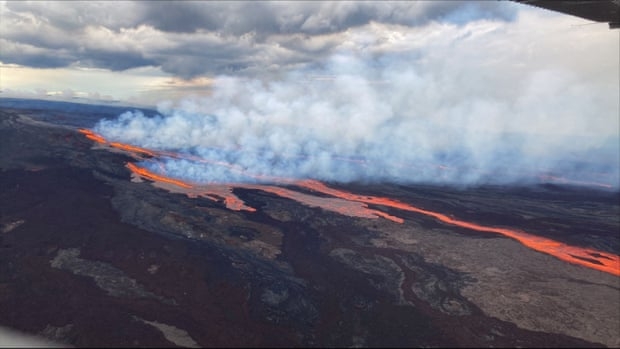
The US Geological Survey has issued a warning to 200,000 residents that they must prepare for the worst-case scenario as volcanic eruptions can change extremely quickly, "and the location and advance of lava flows can change rapidly". Officials have issued warnings to residents that they need to prepare to evacuate from the region if reports indicate that lava flows are heading in their direction.
As for the eruption itself, the US Geological Survey said the eruption was first detected on Sunday, with the lead scientist at the Hawaiian Volcano Observatory explaining that air quality across the Big Island may deteriorate over the course of two weeks if the volcano's historical patterns are anything to follow.
NASA announces it lost communication with Artemis 1's moon-bound Orion capsule
NASA has taken to its blog to announce that it lost communication with the Orion capsule on November 23, but everything seems to still be in working order.
According to the announcement made on NASA's social media channels as well as its blog on its website, NASA's Mission Control Center located at the agency's Johnson Space Center in Houston lost communication with the Orion capsule for 47 minutes as officials were unable to send or receive data from the spacecraft.
The space agency writes that teams have conducted a reconfiguration of the communication link between the Deep Space Network and Orion, with NASA writing that these repairs were "successful", and that an investigation has been launched into what caused the issue. Additionally, NASA explains that teams are currently sifting through data from the communication outage event to assist in finding the root cause, and add to the overall assessment.
World's most powerful rocket caught blowing elevator doors off from launch pad
NASA launched the Space Launch System (SLS) rocket from its launch pad at the Kennedy Space Center in Florida on November 16, and as Orion is heading on a journey around the Moon, officials have inspected the launch pad for any potential damage caused by the rocket's lift off.
The successful launch made the SLS rocket the world's most powerful rocket, with nearly 9 million pounds of thrust. On November 16, the SLS pushed the Orion spacecraft on its reconnaissance journey around the Moon, marking the first stage of NASA's Artemis missions, which will put US citizens back on the surface of Earth's neighbor. NASA declared the launch a success, and is now inspecting the launch pad to see how it can minimize any damage for future launches.
NASA's Mike Sarafin, Artemis mission manager, in a press conference with reporters on Monday, November 21, said the damage caused by Artemis 1's liftoff is isolated to just a few different areas of the launch pad, and that the vital parts of the launch pad weren't damaged. Sarafin said that while Artemis 1 used water suppression to reduce the sound, as well as the damage from the rocket's launch, the force generated by the rocket peeled the paint off the launch pad.
Secret US military vehicle lands after 900 days, but what was it doing?
A top secret US military plane has passed a record number of days in Earth's orbit while on its mysterious mission.
The X-37B space plane took off from Earth on May 17, 2020, and according to reports, the US military's top-secret vehicle successfully landed at NASA's Kennedy Space Center in Florida on Saturday, November 12, completing a record 908 days in orbit. The vehicle named Orbital Test Vehicle-6 (OTV-6) is an unnamed space plane that is operated by the US Space Force, which placed several classified experiments aboard the vehicle as well as some that are known to the public.
One of those experiments is the Naval Research Laboratory's Photovoltaic Radiofrequency Antenna Module, which is an experiment designed to harness solar rays outside of Earth's atmosphere and transmit power back down to Earth's surface in radio frequency microwave energy. This experiment was proven successful. Another publicly known experiment is the US Air Force Academy's FalconSat-8, which was deployed by OTV-6 in October 2021 and is still available for use today.
NASA's Webb space telescope captures a fiery hourglass out in deep space
NASA has taken to its blog and social channels to share yet another phenomenal image snapped by the James Webb Space Telescope (JWST).
This time around, NASA's newest and most-powerful space telescope has honed its sensitive instruments on a protostar shrouded in a dark cloud - L1527. Webb's infrared instruments, capable of peering through the thick interstellar clouds, revealed new details to astronomers, giving insight into the early formation of stars and the strange shapes that they make during their formation. Above is a protostar shrouded within a dark cloud of material feeding the young star's growth.
The incredible colors seen above and below the star, which is at the "neck" of the hourglass, are a result of celestial "burps" from the star consuming the surrounding cloud material, and ejecting it out. The blue dust represents an area where the dust is the thinnest, while the red color represents an area where the dust is the thickest.


